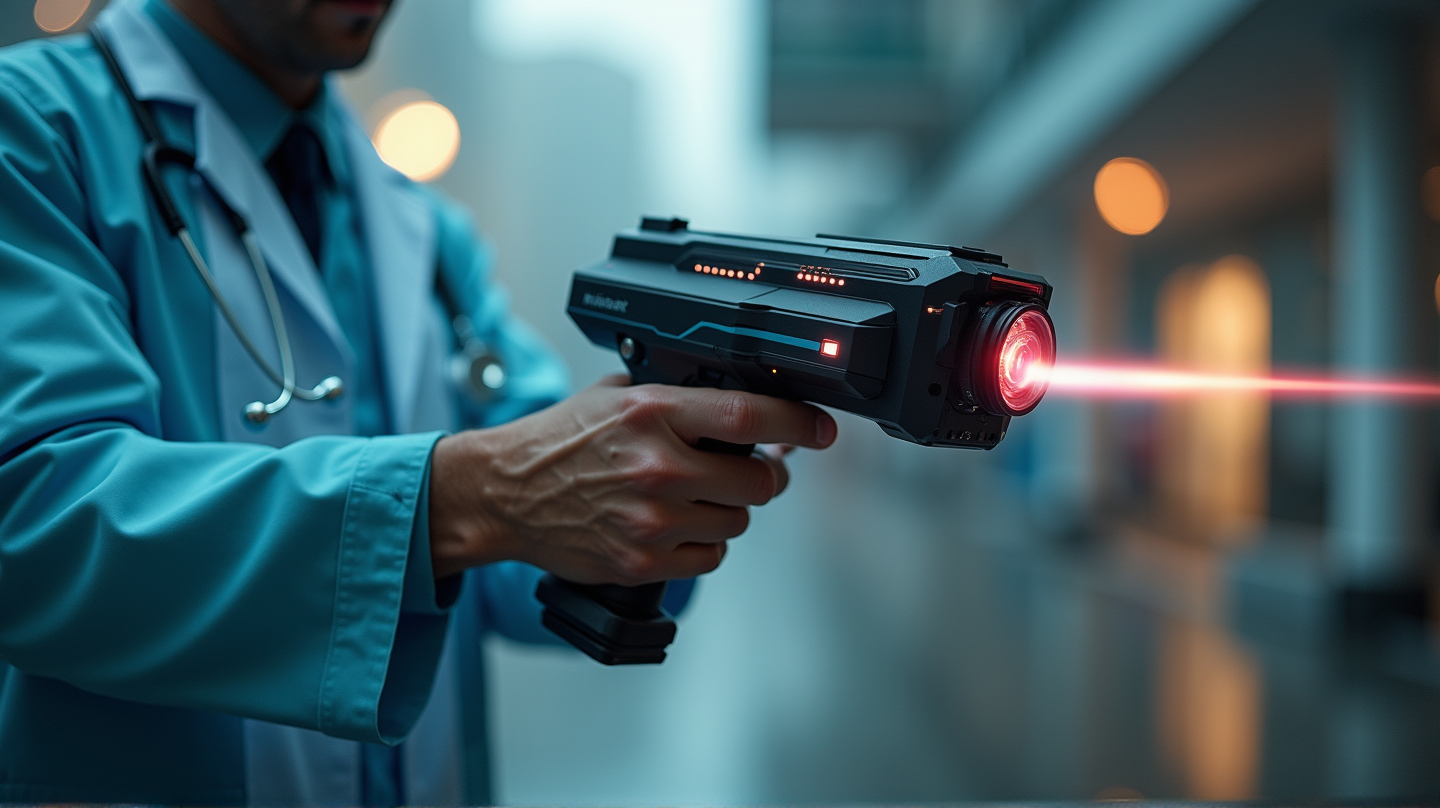Revolutionary Tool Combats Early-Stage Oral Cancer with Precision
Discover a groundbreaking device providing both diagnosis and photodynamic therapy for early oral cancer detection in underserved areas.

Innovation in Low-Resource Healthcare
In a world where access to advanced medical technology often determines outcomes, a groundbreaking handheld device merges both diagnosis and therapy to changed the landscape for early-stage oral cancer care in regions with limited resources. This compact system adeptly weaves optical imaging with photodynamic therapy (PDT), offering new hope where it’s desperately needed.
Tackling Oral Cancer in Underserved Regions
Oral cancer poses a significant public health burden, especially in areas like South Asia with prevalent tobacco use. In India, for example, about 40% of all cancer diagnoses are related to oral cancer, often detected too late for effective treatment. This unique device provides a beacon of change by enabling earlier intervention through a smartphone-compatible tool.
The Technology Behind the Device
Incorporating light-emitting diodes and sophisticated optical filters, this device facilitates both white-light and fluorescence imaging. This dual imaging capability is crucial for identifying early malignancies. For treatment, laser diodes engage a compound known as protoporphyrin IX (PpIX), initiating a selective cellular destruction that spares surrounding healthy tissue. This innovative method, known as photodynamic therapy, has shown a promising ability to shrink tumors significantly.
Preclinical Success and Testing Phases
Preclinical evaluations have painted an optimistic picture of this device’s potential. Utilizing tissue-mimicking phantoms, the relationship between PpIX fluorescence and concentration was well-corroborated, highlighting the device’s ability to monitor therapeutic doses accurately. Three-dimensional tissue models embedded with cancer cells revealed the device’s capacity to detect and treat up to a depth of 3.5 mm.
Real-Time Monitoring and Enhanced Accuracy
A standout feature of this handheld marvel is its capability for real-time monitoring, providing valuable feedback about light dose delivery during the procedure. In regions with scarce infrastructure, this capability can become a lifeline. Enhanced lesion detection is achieved through a method called ratiometric imaging, refining the ability to distinguish between cancerous and non-cancerous tissues—an invaluable tool for medical personnel in complex environments.
Looking Towards the Future
Though still in the preclinical stage, this technology holds great promise for vastly improving cancer care in areas lacking traditional medical infrastructures. Future clinical trials will aim to confirm its efficacy in human populations, while ongoing refinements seek to increase its usability and resilience in field conditions.
As stated in Technology Networks, the inception of this dual-purpose diagnostic and therapeutic tool underscores the boundless possibilities of low-cost medical technology, potentially reshaping healthcare delivery in underserved communities.





